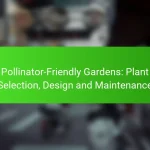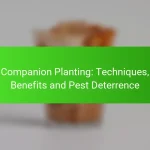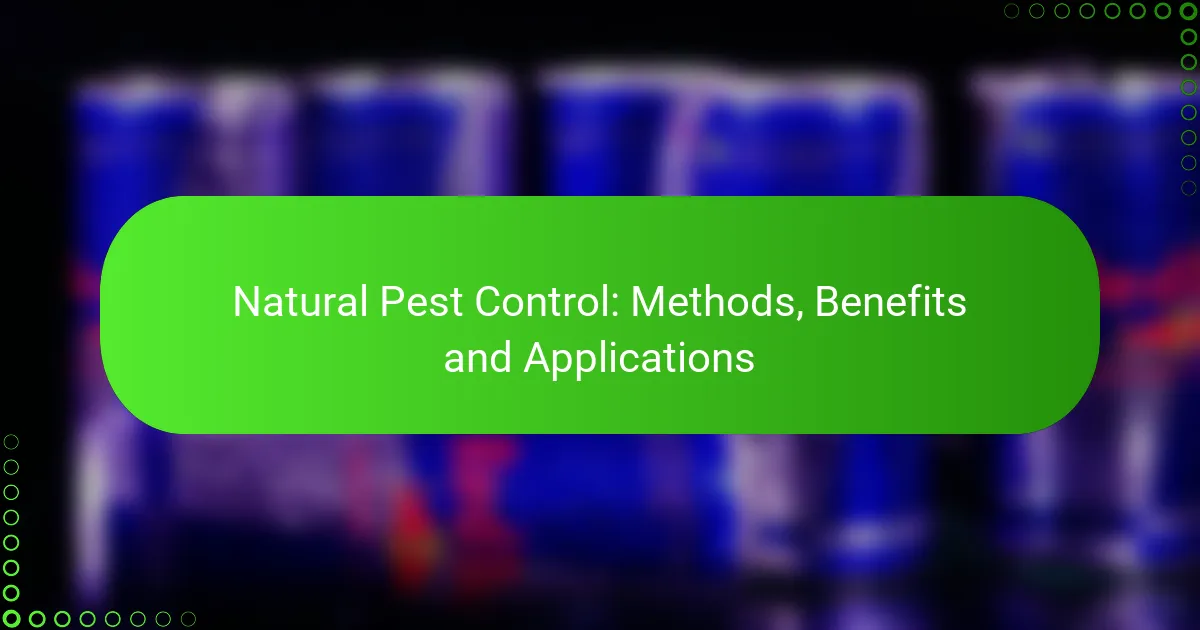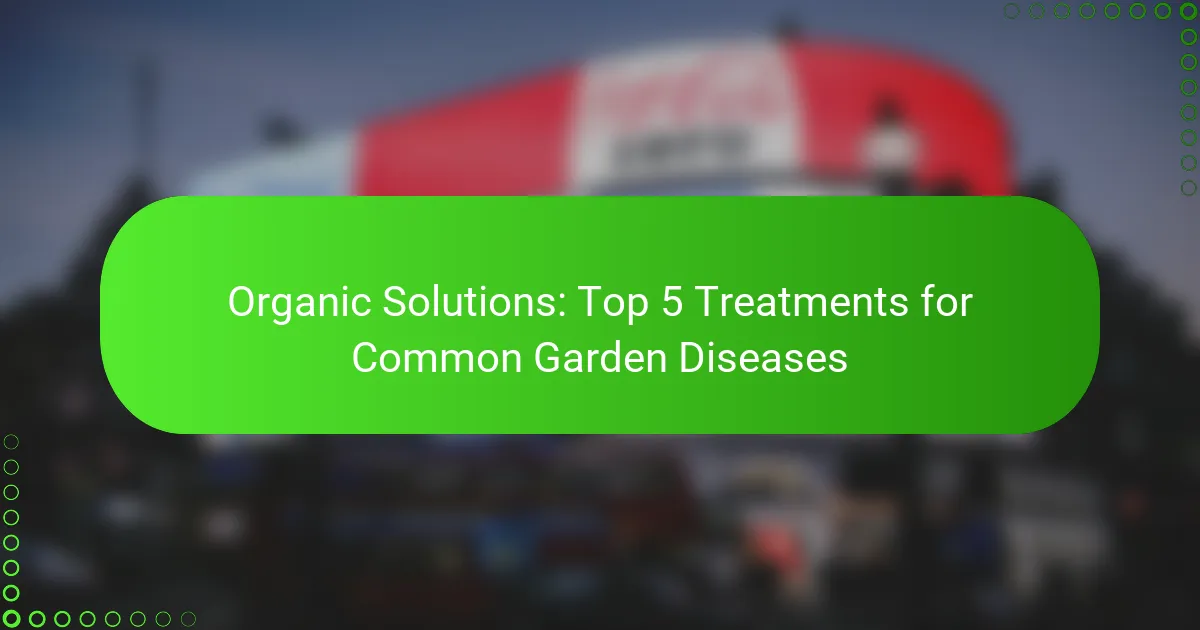Effective disease prevention in vegetable crops is crucial for ensuring high yields and maintaining quality. By employing strategies such as integrated pest management, crop rotation, and the use of disease-resistant varieties, farmers can significantly reduce the incidence of diseases like downy mildew and fungal blights. Proactive planning and maintaining a clean growing environment further enhance resilience against potential outbreaks.
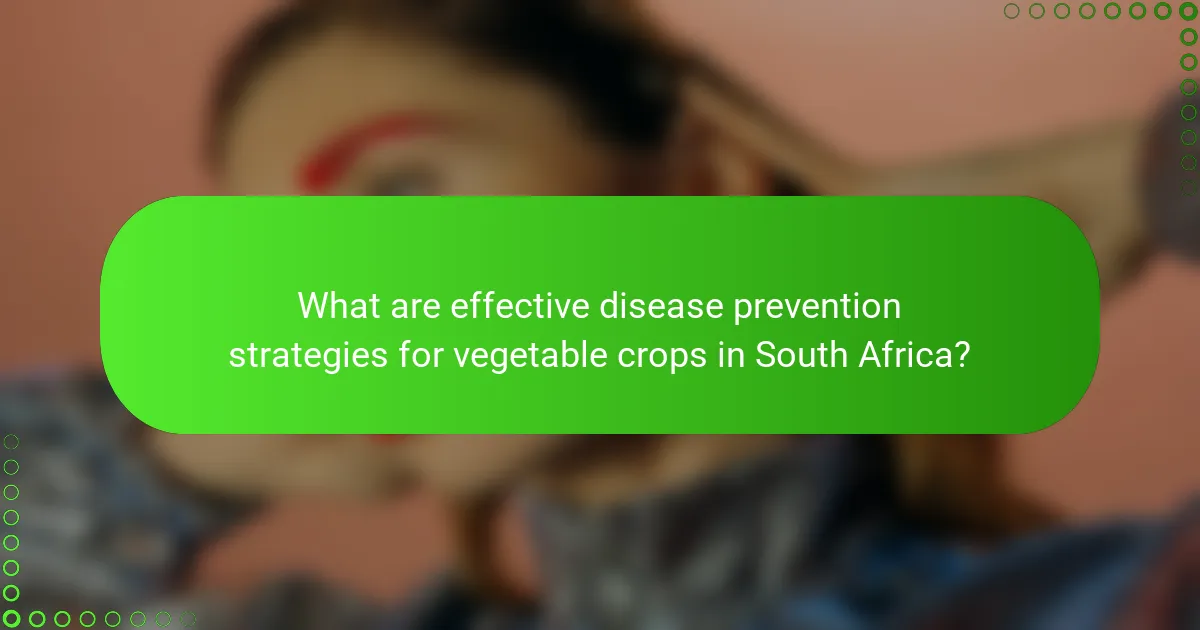
What are effective disease prevention strategies for vegetable crops in South Africa?
Effective disease prevention strategies for vegetable crops in South Africa include integrated pest management, crop rotation, using disease-resistant varieties, soil health management, and regular monitoring. These approaches help minimize disease incidence and enhance crop resilience, ultimately leading to better yields and sustainable farming practices.
Integrated Pest Management (IPM)
Integrated Pest Management (IPM) combines biological, cultural, physical, and chemical tools to manage pests in a sustainable way. This strategy emphasizes the use of natural predators, crop diversity, and targeted pesticide application only when necessary. By reducing reliance on chemicals, IPM helps maintain ecological balance and minimizes the risk of pest resistance.
Farmers in South Africa can implement IPM by regularly assessing pest populations and using traps or beneficial insects to control outbreaks. Educational resources and local agricultural extension services can provide guidance on effective IPM practices tailored to specific crops and regions.
Crop rotation practices
Crop rotation involves alternating the types of crops grown in a particular area over time to disrupt the life cycles of pests and diseases. This practice helps prevent the buildup of pathogens in the soil and promotes soil fertility. For example, rotating legumes with leafy greens can enhance nitrogen levels while reducing disease pressure.
In South Africa, farmers should consider the local climate and soil conditions when planning crop rotations. A typical rotation might include planting maize one season, followed by beans or peas, and then leafy vegetables, ensuring a diverse planting schedule that supports soil health.
Use of disease-resistant varieties
Utilizing disease-resistant varieties of vegetables is a proactive strategy to reduce disease incidence. These varieties are bred to withstand specific pathogens and can significantly lower the need for chemical interventions. For instance, selecting tomato varieties that are resistant to blight can lead to healthier crops and higher yields.
Farmers should consult local agricultural experts or seed suppliers to identify disease-resistant options suitable for their specific growing conditions. Investing in these varieties may have higher upfront costs but can lead to long-term savings and improved crop performance.
Soil health management
Maintaining soil health is crucial for preventing diseases in vegetable crops. Healthy soil promotes strong plant growth and resilience against pathogens. Practices such as adding organic matter, maintaining proper pH levels, and ensuring good drainage can enhance soil quality.
In South Africa, farmers can improve soil health by incorporating compost or cover crops into their management practices. Regular soil testing can help determine nutrient needs and inform amendments, ensuring optimal conditions for vegetable production.
Regular monitoring and scouting
Regular monitoring and scouting for signs of disease are essential for early detection and management. Farmers should inspect crops frequently for symptoms such as wilting, discoloration, or unusual growth patterns. This proactive approach allows for timely interventions before diseases spread widely.
Establishing a scouting schedule, such as weekly checks during the growing season, can help farmers stay ahead of potential issues. Keeping records of observations can also aid in identifying patterns and improving future disease management strategies.

How can farmers implement best practices for disease prevention?
Farmers can implement best practices for disease prevention by adopting proactive strategies that minimize the risk of disease outbreaks in vegetable crops. This involves careful planning, proper resource management, and maintaining a clean growing environment.
Establishing a planting schedule
Creating a well-timed planting schedule is crucial for disease prevention. By planting crops at optimal times, farmers can avoid peak disease periods and reduce the likelihood of infections. Consider local climate conditions and historical disease patterns when determining the best planting times.
Crop rotation is another effective strategy. Alternating different vegetable types can disrupt the life cycles of pathogens, further minimizing disease risks. Aim for a rotation that spans at least three years for maximum effectiveness.
Utilizing proper irrigation techniques
Proper irrigation techniques play a significant role in disease prevention. Overhead irrigation can increase humidity levels and promote fungal diseases, so drip irrigation is often preferred. This method delivers water directly to the roots, reducing moisture on leaves and minimizing disease incidence.
Monitoring soil moisture is essential. Use soil moisture sensors to ensure that crops receive adequate water without overwatering. Maintaining consistent moisture levels can help prevent stress-related diseases.
Maintaining field hygiene
Field hygiene is vital for preventing disease outbreaks. Regularly remove debris, weeds, and infected plant material to reduce pathogen reservoirs. Implementing a strict sanitation protocol for tools and equipment can further limit the spread of diseases.
Consider establishing buffer zones between different crop types to prevent cross-contamination. Additionally, practicing good personal hygiene, such as washing hands and changing clothes after working with infected plants, can help protect healthy crops from disease.

What are the common diseases affecting vegetable crops in South Africa?
Vegetable crops in South Africa are susceptible to several diseases that can significantly impact yield and quality. Common diseases include downy mildew, powdery mildew, and various fungal blights, each requiring specific management strategies to mitigate their effects.
Downy mildew
Downy mildew is a fungal disease that thrives in humid conditions, often affecting crops like cucumbers and spinach. It manifests as yellowish-green spots on leaves, which can lead to leaf drop and reduced photosynthesis.
To manage downy mildew, ensure proper air circulation around plants and avoid overhead watering. Fungicides may be effective, but it’s crucial to apply them before symptoms appear for best results.
Powdery mildew
Powdery mildew is characterized by a white, powdery fungal growth on leaves, stems, and buds, commonly affecting crops such as squash and tomatoes. This disease thrives in dry, warm conditions and can stunt plant growth and reduce yields.
To prevent powdery mildew, select resistant varieties and practice crop rotation. Regularly remove infected plant debris and consider using organic fungicides as a preventive measure.
Fungal blights
Fungal blights encompass a range of diseases that can affect various vegetable crops, leading to wilting, browning, and decay of plant tissues. Common blights include early blight and late blight, which can devastate crops like potatoes and tomatoes.
Effective management of fungal blights includes rotating crops, maintaining good soil health, and applying fungicides when necessary. It’s essential to monitor weather conditions, as blights often thrive in wet environments, and take action promptly to minimize damage.

What tools and technologies assist in disease prevention for vegetable crops?
Various tools and technologies play a crucial role in disease prevention for vegetable crops, enhancing monitoring, data collection, and decision-making. Utilizing these innovations can significantly reduce the risk of disease outbreaks and improve crop health.
Drone technology for monitoring
Drone technology is increasingly used for monitoring vegetable crops, providing aerial imagery that helps identify disease symptoms early. Drones equipped with multispectral cameras can capture data on plant health, moisture levels, and nutrient deficiencies, allowing farmers to act swiftly.
When implementing drone technology, consider the flight altitude and camera specifications to ensure high-resolution images. Regular monitoring can lead to timely interventions, reducing potential crop losses significantly.
Soil moisture sensors
Soil moisture sensors are essential for maintaining optimal moisture levels, which is critical in preventing diseases like root rot. These sensors provide real-time data, allowing farmers to adjust irrigation practices based on actual soil conditions rather than estimations.
Using soil moisture sensors can lead to water savings and healthier plants. It’s advisable to place sensors at various depths to get a comprehensive view of soil moisture levels, ensuring that crops receive adequate hydration without overwatering.
Mobile apps for pest identification
Mobile apps for pest identification are valuable tools for vegetable growers, enabling quick and accurate pest recognition. These apps often include databases of common pests and diseases, along with images and descriptions to assist farmers in diagnosing issues on-site.
To maximize the benefits of these apps, ensure that they are regularly updated with the latest pest information and local conditions. Engaging with community forums within the apps can also provide insights and tips from other growers facing similar challenges.

What are the economic impacts of disease prevention in vegetable farming?
Effective disease prevention in vegetable farming can significantly enhance profitability by reducing crop losses and minimizing treatment costs. By investing in preventive measures, farmers can improve yield quality and quantity, leading to better market prices and overall economic stability.
Cost savings from reduced crop losses
Preventing diseases can lead to substantial cost savings for vegetable farmers. By implementing disease management strategies, farmers can avoid the financial burden of lost harvests, which can range from moderate to severe depending on the crop and the disease. For example, a single outbreak of a major disease can wipe out a significant portion of a crop, resulting in losses that can reach thousands of dollars.
Farmers should consider the costs associated with disease outbreaks, including not only the loss of produce but also the expenses related to emergency treatments and labor. A proactive approach can help mitigate these costs and protect profit margins.
Increased market value of produce
Vegetables that are free from disease often fetch higher prices in the market. Consumers are increasingly aware of food quality and safety, leading to a preference for healthy, disease-free produce. This trend can translate into premium pricing for farmers who prioritize disease prevention.
For instance, organic and sustainably grown vegetables typically command higher prices, which can be achieved through effective disease management practices. Farmers can leverage this market demand by ensuring their crops are healthy and visually appealing.
Long-term sustainability and investment returns
Investing in disease prevention not only benefits immediate financial returns but also contributes to the long-term sustainability of farming operations. Healthy soils and robust plant health can lead to better resilience against future disease outbreaks, reducing the need for costly interventions.
Farmers should view disease prevention as a long-term investment. Implementing integrated pest management (IPM) strategies and crop rotation can enhance soil health and reduce disease incidence over time, leading to consistent yields and improved economic outcomes.



